<--- Back to Details
| First Page | Document Content | |
|---|---|---|
 Date: 2014-02-26 18:32:33Medicine Acute intermittent porphyria Hereditary coproporphyria Variegate porphyria Erythropoietic protoporphyria Erythropoietic porphyria Porphyrin Gunther disease Porphobilinogen deaminase Porphyrias Health Chemistry |
Add to Reading List |
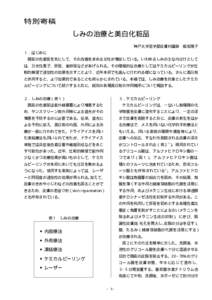 | PDF DocumentDocID: 1v8Gj - View Document |
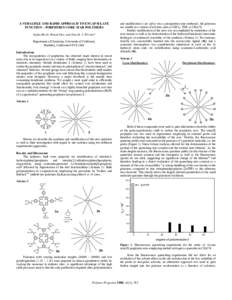 | A VERSATILE AND RAPID APPROACH TO ENCAPSULATE FUNCTION – PORPHYRIN CORE STAR POLYMERS Stefan Hecht, Henrik Ihre, and Jean M. J. Fréchet* Department of Chemistry, University of California, Berkeley, CaliforniaDocID: 1uPXT - View Document |
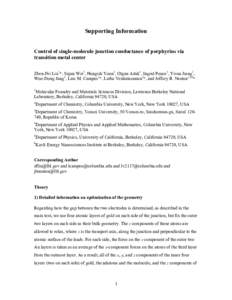 | Microsoft Word - liu_porphyrin_SI.docxDocID: 1r4gu - View Document |
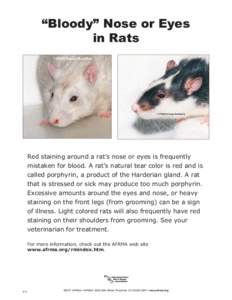 | “Bloody” Nose or Eyes in Rats Red staining around a rat’s nose or eyes is frequently mistaken for blood. A rat’s natural tear color is red and is called porphyrin, a product of the Harderian gland. A ratDocID: 1qgUa - View Document |
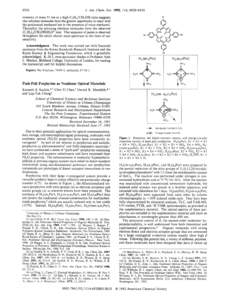 | 6928 J. Am. Chem. SOC.1992,114,intensity of mass 51 ion at a high C2H4/CH30Hratio suggests that ethylene molecules have the greater opportunity to react withDocID: 1pEAT - View Document |
 2nd Quarter, 2006 Protect Our Future Physician Chosen 1st International Patient Meeting
2nd Quarter, 2006 Protect Our Future Physician Chosen 1st International Patient Meeting